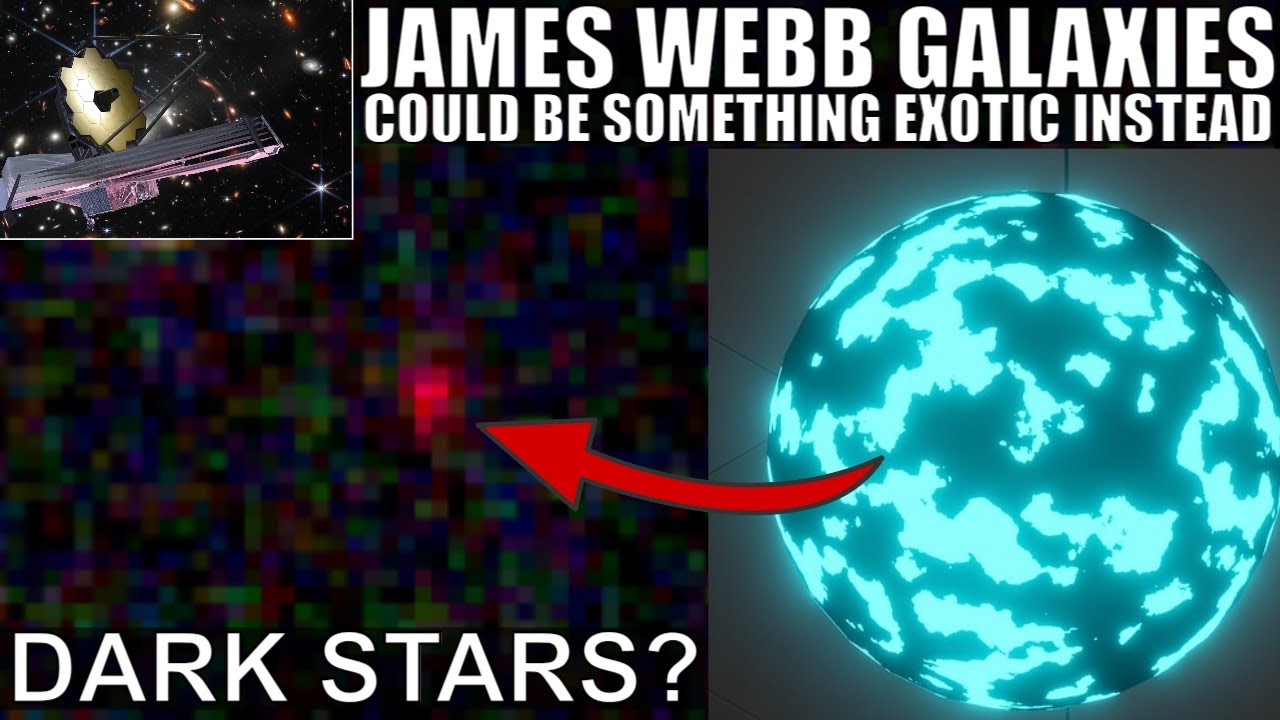"Was I supposed to land the other end up? Sorry, instructions were in Japanese" As speculated, the Japanese Moon Sniper probe confirmed to have landed upside down Image taken by a Lunar Excursion Vehicle 2 (LEV-2) Credit: JAXA/Takara Tomy/Sony Group Corporation/Doshisha University
Show more
